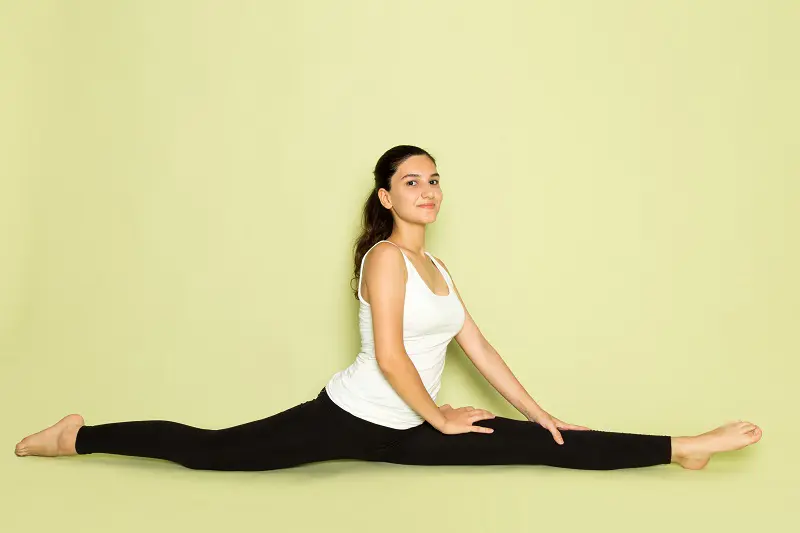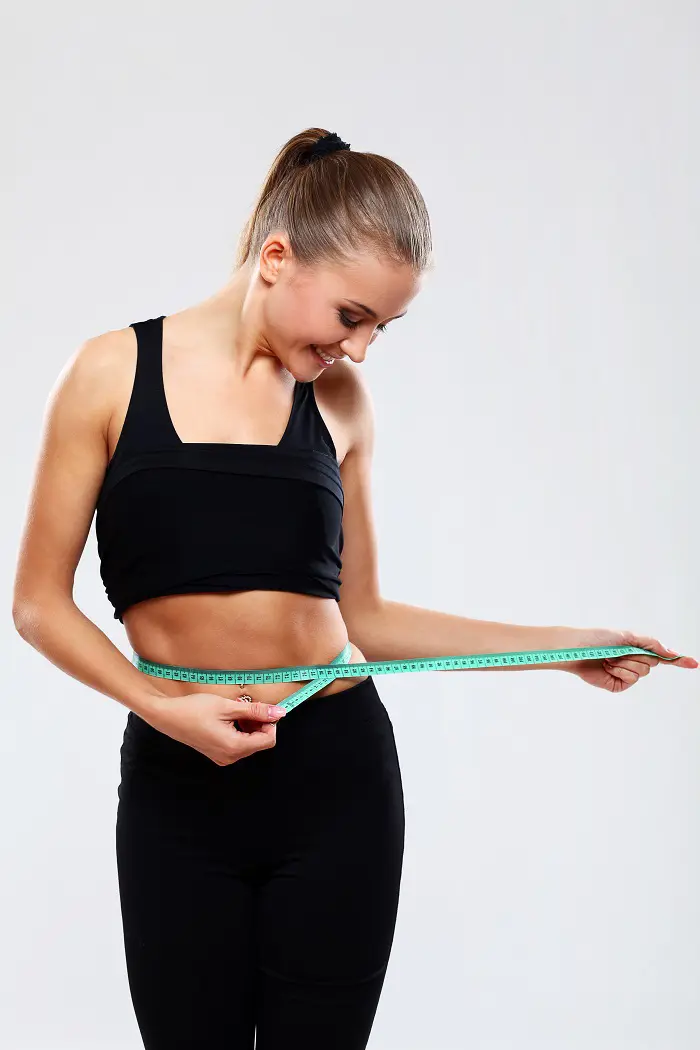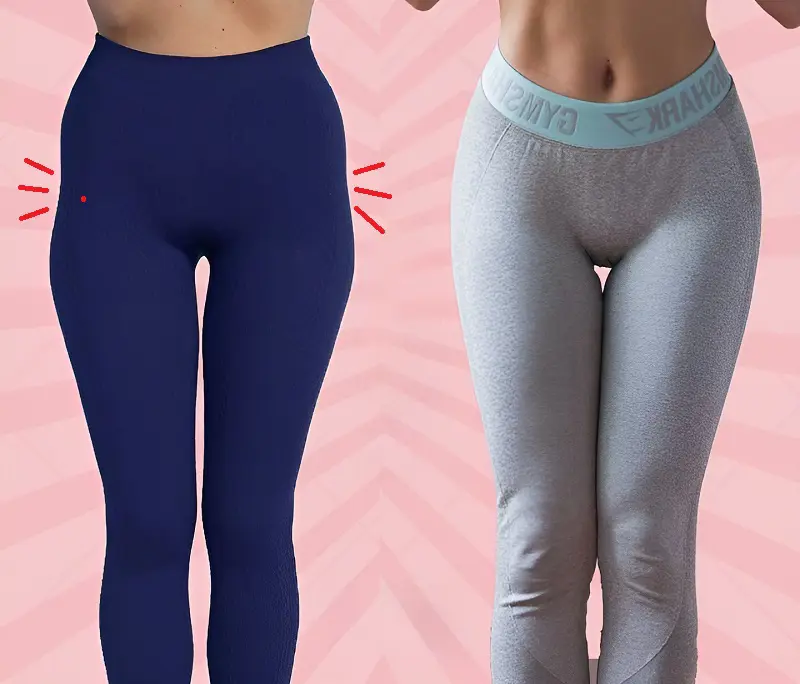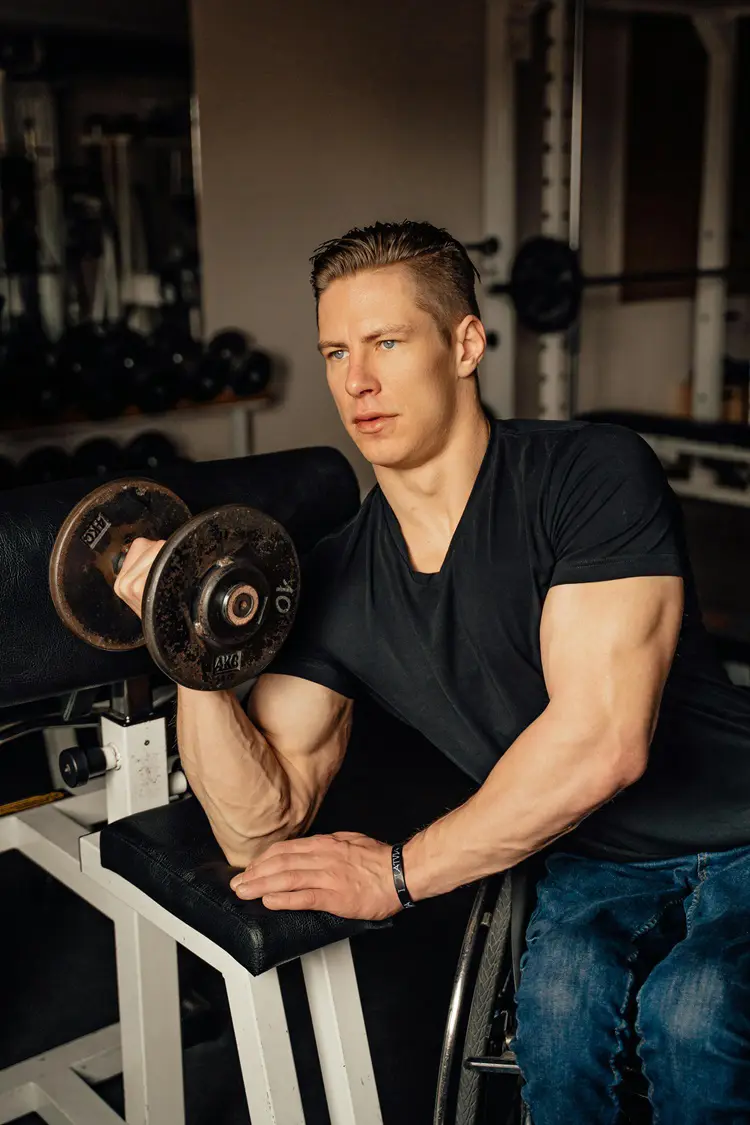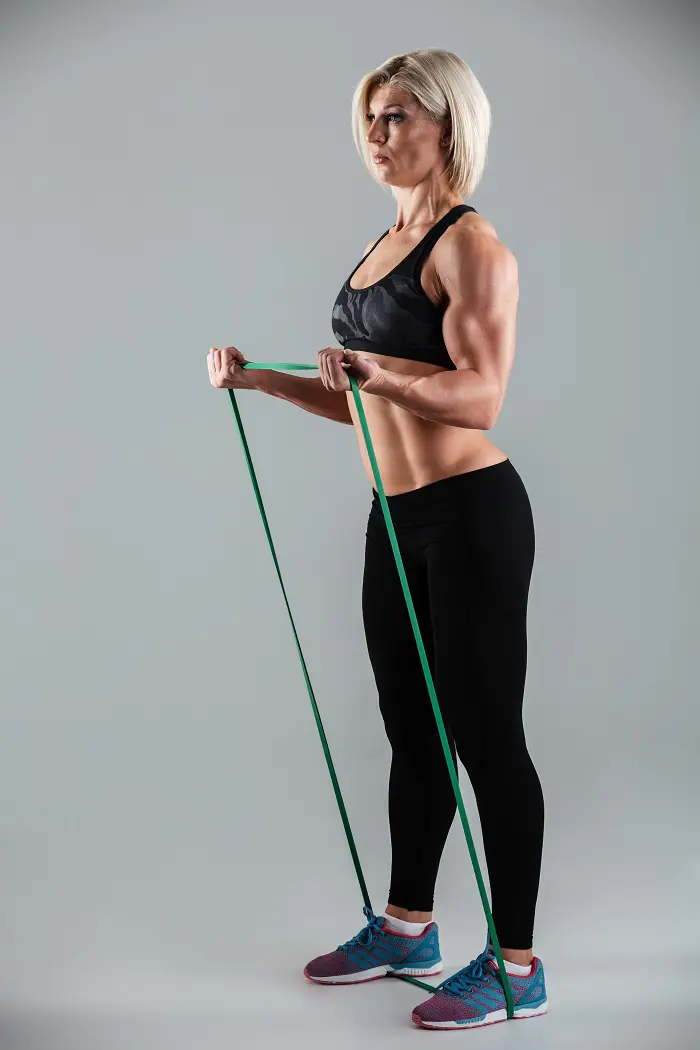A Guide On How To Do Deadlift For Proper Strength Training
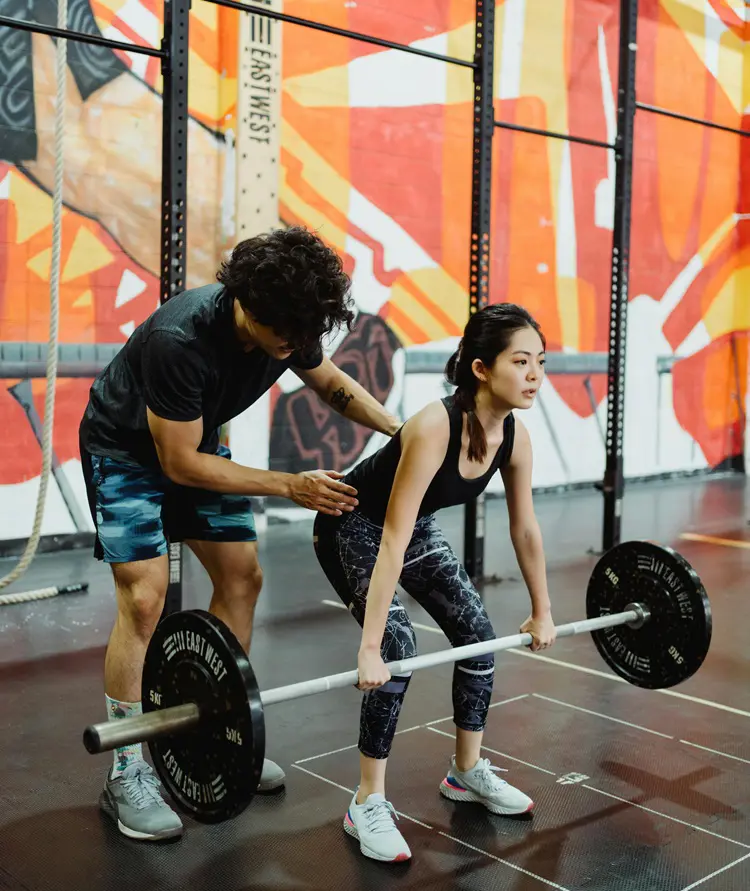
A deadlift is a strength training exercise that increases muscular mass, power, and stability throughout the body. Although lifting a weight off the ground may seem easy, it requires a precise form to maximize performance and prevent injury.
Following step-by-step instructions ensures safe and efficient lifting, making it a valuable complement to any strength training routine. So, let's delve into how to do deadlift for overall physical development and enhance core resilience.
How To Do Deadlift Properly: Step-By-Step Guide
You need a dumbbell or barbell along with inner motivation to perform a deadlift. Here is a step-by-step guide on how to perform the deadlift correctly:
Step 1: Establish Your Position
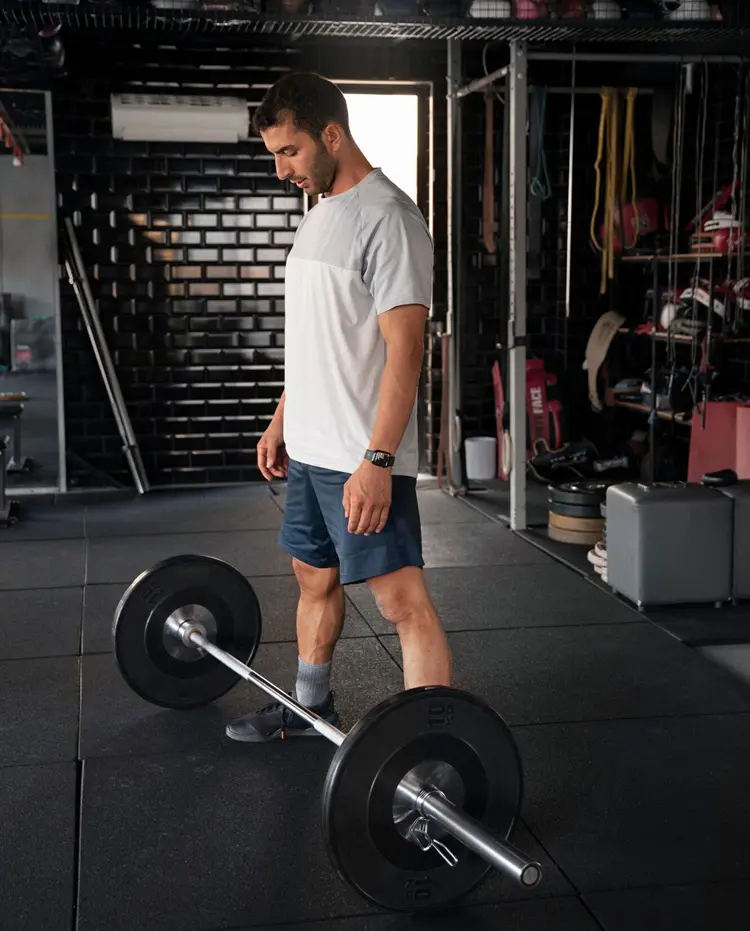
The first step in executing a safe and effective deadlift is setting up your position. Begin by aligning your feet with the width of the shoulder. Your toes should be slightly twisted out to line up with your knees.
Place the weight over the middle of your feet to ensure an effective range of motion without the need to make unnecessary effort.
Also, roll your shoulders back and keep your chest high to maintain a good posture. Avoid curving your back as you reach down to grab the bar. This position prepares your body for the powerful movement ahead.
Step 2: Grip The Bar Securely
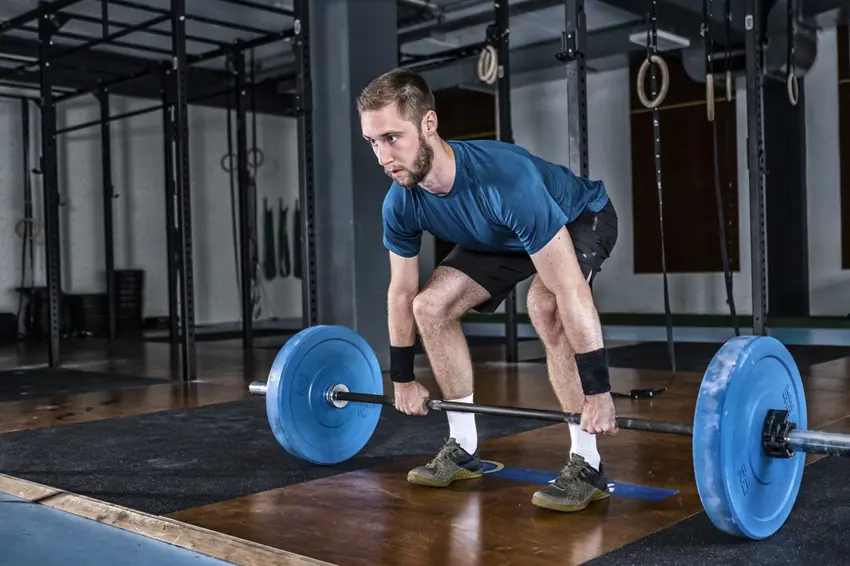
After establishing a proper position, maintaining a tight grip on the bar is key to a successful deadlift. Use a double-overhand grip for lighter lifts and switch to a mixed grip for heavier weights to ensure greater stability. Tightly squeeze the bar as if you are trying to crush it.
Keep your wrists straight and aligned with your arms to prevent excessive strain. Likewise, use different breathing techniques and concentrate on maintaining a steady grip before lifting. This firm hold will anchor your body and make you safer for the upcoming actions.
Step 3: Lift The Bar

Now, it's time to start the lift by applying pressure through your heels. Push your feet onto the floor and stand up directly from a deep squat. Engage the legs and core for handling majority of the effort to power the lift.
Focus on smoothly pushing the bar up along your legs while maintaining a neutral spine and an elevated chest. Aim for a calm and steady move rather than jerking the weight. Squeeze your glutes to stand tall and bring the bar up to hip level.
Step 4: Stand Tall At the Top

Stand tall and strong at the top once you've raised the bar. Lock your hips and fully engage your glutes to align the entire body in a vertical line. Also, keep your shoulders slightly pulled back and your chest open for maintaining balance.
Establishing control and balance is more important in this position. Feel the strength in your posture and hold the movements for a short while. You can also avoid unnecessary strain and lower the bar with the same control while keeping yourself steady.
Step 5: Lower The Bar With Control
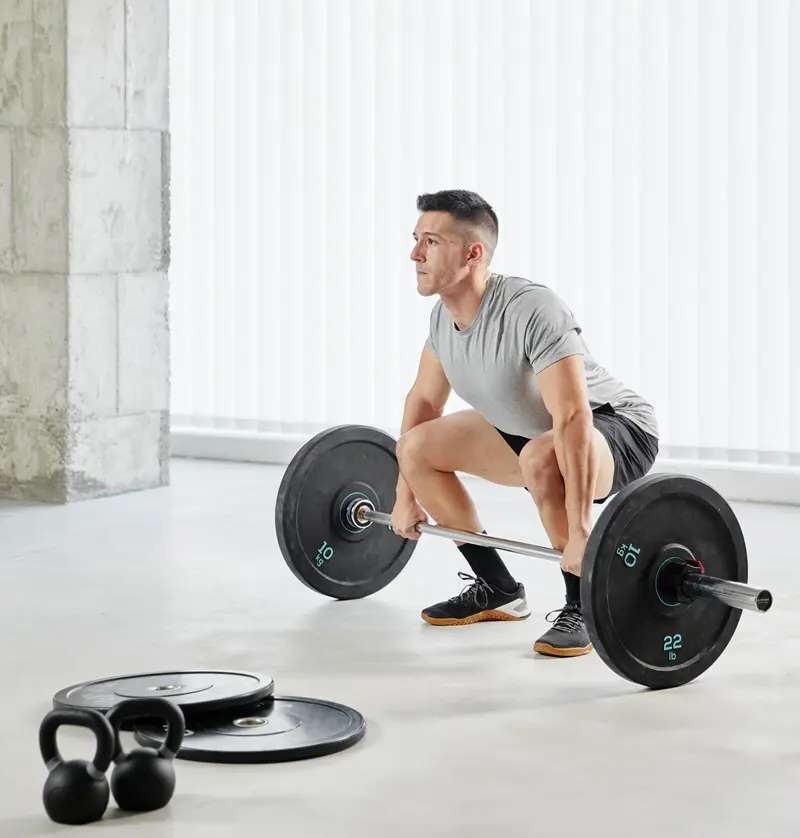
Let's drop that weight back down - but do it like a pro! Imagine guiding it down with the grace of a slow dance. Push your hips back first in order to guide the bar down along your thighs. Don't let gravity rule you in this process.
Feel every inch as you carefully lower the weight by keeping your knees flexible. Maintaining control all the way down is also more important than simply dropping the bar back on the floor. It will increase stability and strength with each repetition.
Step 6: Reset And Repeat
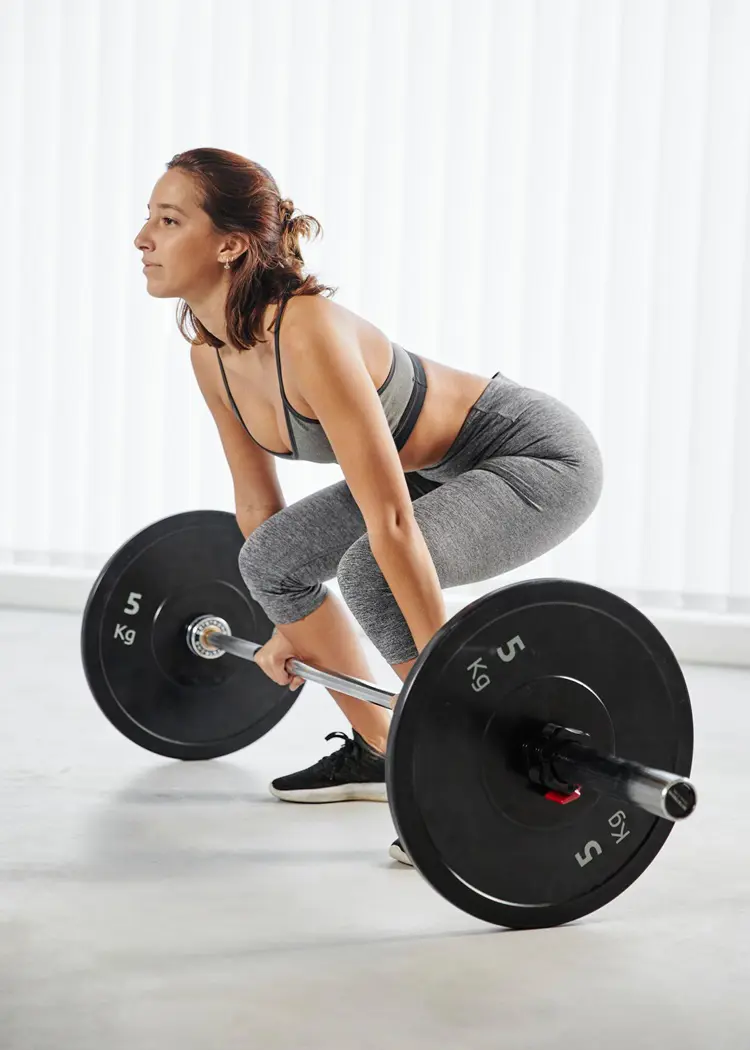
It's time to reset after that slow and controlled descent! Breathe quickly and let go of any tension. Beginners can start with 2 to 3 sets of 4 to 5 repetitions utilizing a smaller weight.
Focus on form and aim for 4 to 5 sets of 5 to 6 repetitions with bigger weights for pros. Ensure your grip and stance are firm before each repetition. This "reset" acts as a reminder to approach every lift with form and focus.
What Muscles Do Deadlift Work Out?
It’s important to understand which muscles are being engaged when performing deadlifts. This knowledge helps maximize the exercise’s effectiveness for building muscle strength.
So, let's dive into the major muscles that deadlift targets:
1. Gluteus Maximus
The gluteus maximus is a crucial muscle targeted in deadlifts because it offers the forceful hip extension to bring the weight off the ground. The contraction of your glutes during the ascend stabilizes the lower back.
The deadlift enhances athletic performance and supports the posterior chain by strengthening these muscles. It is also a great way to establish a strong hip and leg foundation.
2. Hamstrings
Hamstrings play a major role in the hip hinge motion during a deadlift. They help balance the hips and knees when you drop the weight into the starting position.
Stronger hamstrings provide better control during the exercise, which is crucial for the lift and general lower body strength.
3. Quadriceps
They are located on the front of the thighs and are significant when pushing through the heels to raise the weight. These muscles enable smooth and controlled motions by straightening the knee and providing stability throughout the movement.
4. Erector Spinae
The erector spinae muscles maintains the spinal alignment during a deadlift and helps keep a straight back. We can improve posture and support the back for a healthy spine.
It is particularly necessary for lifting heavy objects during a deadlift.
5. Trapezius
Lifting and holding the weight at the peak of a deadlift activates the trapezius muscles. Strengthening the traps increases upper-body resilience and improves shoulder grip, which is essential for carrying the weight without sagging.
A strong trapezius muscle also improves overall back strength and helps maintain proper form during the deadlift.
6. Core Muscles
Your entire body is supported by your core while executing a deadlift. A robust core facilitates the safe and effective transfer of force from your legs to your upper body.
By keeping the core active, you can protect your lower back and avoid excessive arching. Activating these muscles also assists in improving resilience for everyday tasks.
Variations Of Deadlift
Want to spice up your deadlift sessions? Once you know how to do the deadlifts, you can try unique deadlift variations to add variety to your fitness routine. You generally need to hit the gym to perform it because all of these exercises use special equipment.
Let's explore different deadlift variations in order to keep the session engaging and effective:
1. Dumbbell Deadlifts
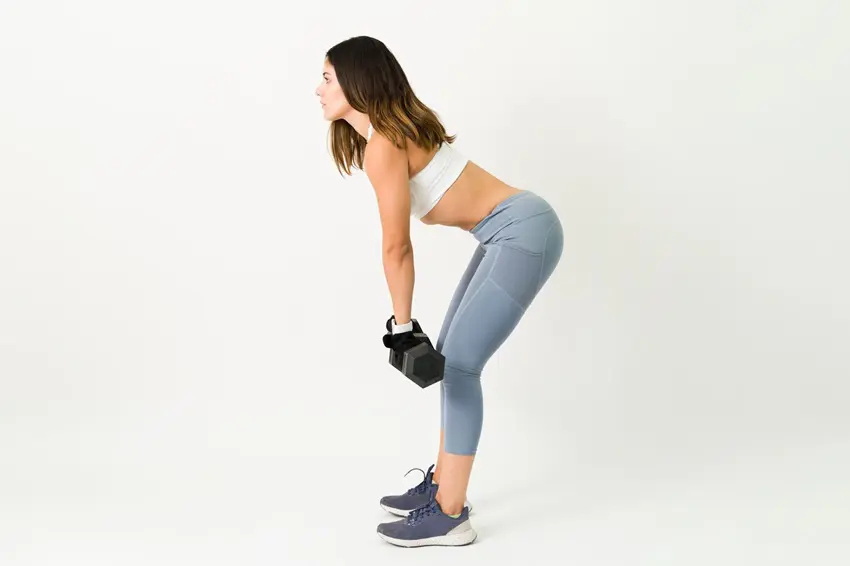
Dumbbell deadlifts are a wonderful substitute for barbell deadlifts if you want to focus on form and balance. They are a full body stretching exercise that facilitates the range of motion and enhances stability.
Using dumbbells provides a balanced workout for both sides of the body and improves grip strength. This variation is also suitable for both newbies and experienced lifters.
How To Do It:
- Position the dumbbells in front of the thighs with a slight bend on your knees.
- Maintain a neutral spine and contract the abdominal muscles to protect your lower back.
- Drop the dumbbells towards the floor by pushing your hips back.
- Use a neutral grip to guarantee a firm hold when lifting.
- Push through the heels and drive your hips forward to get back to the beginning posture.
- Keep your shoulders back and your chest open as you fully extend your hips.
2. Sumo Deadlift
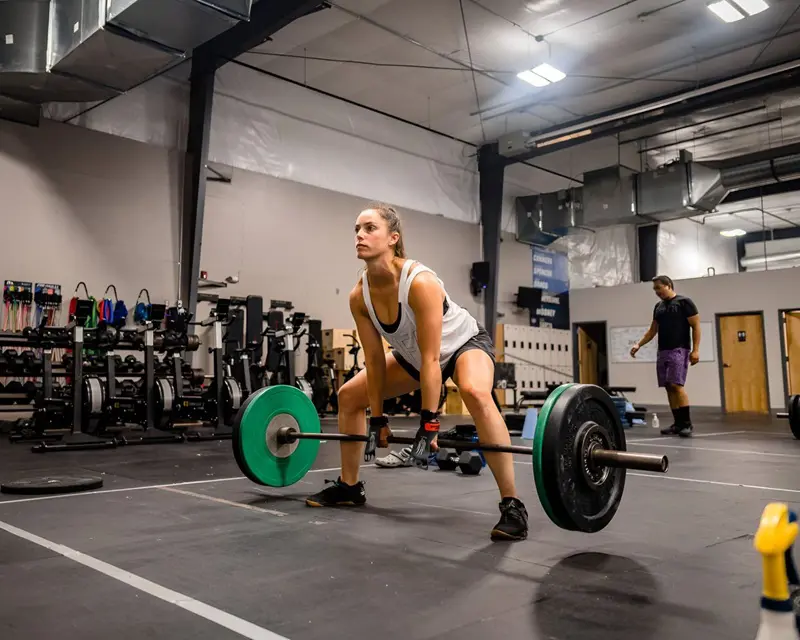
The Sumo Deadlift is often considered the heavyweight champion of deadlifts due to its broad stance and distinctive style. The initial position of this workout feels like a sumo wrestler getting ready for a match.
Be mindful of your knees collapsing inward while executing this powerful movement. Also, maintain a straight back and a raised chest to prevent any awkward positions.
How To Do It:
- Begin by adopting a wide stance and pointing your toes at about 45-degree angles.
- Keep the arms inside your knees and shoulders over the bar.
- Make sure the hands are slightly outside of your legs while you hold the bar in an overhand grip.
- Keep the bar near the shins and lower your hips while maintaining a flat back.
- Push through your heels to raise the bar.
- Stand tall at the top and carefully lower the bar back to the floor.
- Complete 6 to 8 reps using a light or heavy weight.
3. Stiff-Leg Deadlift

For the ultimate "stretch and lift" combination, try the stiff-leg deadlift! If you are tired of a classic deadlift, practice this variation without putting too much strain on the legs.
Keep your legs straight, but avoid locking your knees for a safe execution. Likewise, always concentrate on engaging your core to prevent a shaky lift.
How To Do It:
- Hold a dumbbell in front of you. Your toes should point forward and the grip should be just outside the knees.
- Push your hips back rather than down. Lower the weight without losing control.
- Again, push your hips forward while maintaining a neutral back.
- Return back to the initial pose with steady movements.
- Perform the desired number of reps according to your fitness level.
4. Single-Leg Deadlift

This exercise is great for building muscle mass in the hamstrings and lower back region. Single Leg Deadlift is a test of stability and balance by using only one leg. You need to engage one leg at a time, which can help sort out imbalance issues between your legs.
It is also a superb workout that increases coordination and strength. Engaging the stabilizer muscles also enhances posture and sports performance.
How To Do It:
- Stand tall and slightly bend the knees.
- Hold a dumbbell in both hands and maintain a firm grip.
- Shift the weight onto one leg while barely bending your standing leg.
- Extend the opposite leg behind you and lower the dumbbell toward the floor.
- Reverse the motion by driving through your heel back to the original position.
- Do the same number of repetitions on the other side to work out equally (ie. 10 to 12 reps).
5. Trap Bar Deadlift
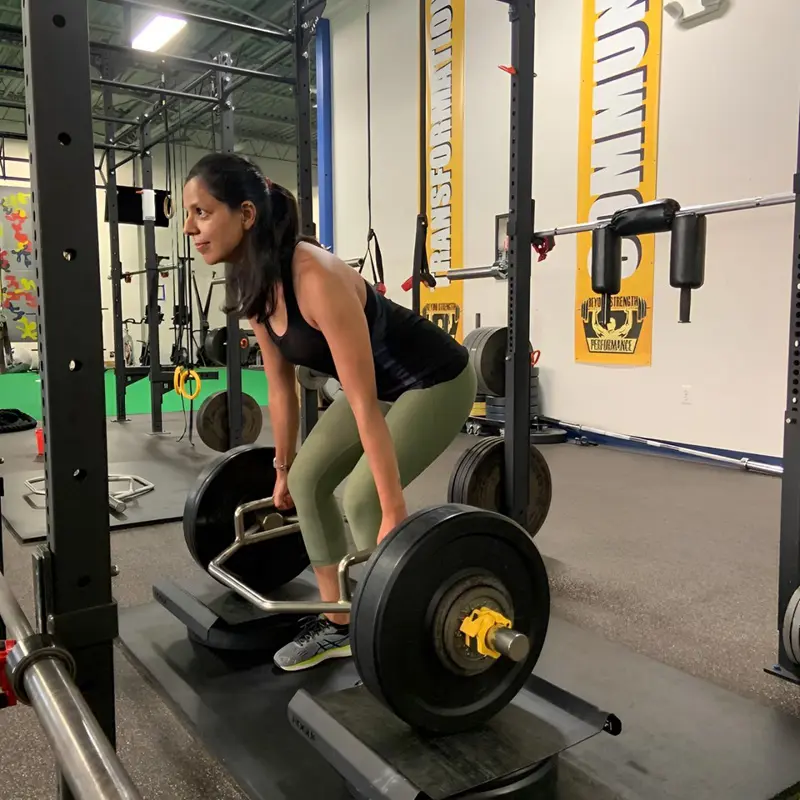
The Trap Bar Deadlift is a fantastic variation that's easy on the back while still challenging the lower body. You can stand inside the trap bar, which helps you maintain a better-aligned center of gravity (thanks to its design).
This position emphasizes your legs and lessens the strain on your spine. It also provides a safer way of developing muscle strength and power.
How To Do It:
- Place the handles of the bar in front of your body.
- Maintain a neutral grip with your hands (palms facing in).
- Ensure your back is straight and your abs are engaged.
- Keep the bar close to the body while standing tall. Push through the heels and extend your hips.
- Decline the bar gradually by maintaining an elevated chest. Also, bend at the hips to return the weight slowly.
- Complete 6 to 10 reps.
Safety Tips For Deadlifts
After you've understood how to do a deadlift correctly, it is equally important to understand the need for safety while performing this exercise. Using heavier loads inaccurately raises the risk of injury and minimizes the benefits of these workouts.
Here are some safety tips you should follow when doing the deadlift workouts:
- Warm Up Correctly: Start with light warm-up exercises to prepare the muscles and joints for heavy lifting. Warm-ups loosen your muscles and helps avoid soreness and cramps.
- Examine Your Form: Poor form is a major risk factor for injury when lifting barbells. So, concentrate on keeping your spine neutral and adopt good posture throughout the lift.
- Start With Lighter Weights: Always begin with lighter weights and then progressively increase the load. Don't jump right into heavy lifting.
- Concentrate On Breathing: Take deep and steady breaths to keep the core stable. Breathe in as you decline the weight and out as you raise it.
- Use The Correct Grip: It's essential to have a firm hold of the weight. Make sure your hands are in proper positions and use the grip according to the variation practiced.
- Avoid Overexertion: Stop lifting weights that are too heavy. This will overexert the muscles and increase the risk of getting hurt. Always have a spotter ready when attempting maximal lifts.
- Use Equipment Safely: Make sure the equipment is in good working condition before beginning the workout sessions. Similarly, ensure that the barbells and trap bars are securely loaded.
Disclaimer: The content presented in this article is only intended to be used for information purposes. It should not be taken as a form of medical/clinical advice.
Recent posts
How To
How To
A Proper Guide On How To Do The Splits For Beginners
Learning how to do the splits is the ultimate goal for every gymnast and fitness enthusiast. Spreading the legs to a 180-degree angle is a true testament to athletic power and flexibility. As a beginner, it might feel intimidating at first, but with ...
How To
A Guide On How To Measure Your Waist Correctly
Measuring an individual’s waist is crucial for assessing internal fat deposits that surround the heart. It can indicate a person’s current health status, with a larger waistline suggesting a higher risk of heart disease and stroke. Along ...
How To
Hip Dips: What Are They And How To Get Rid Of?
Hip dips are slight indentations on the outer hips, appearing as small inward curves when viewed from the front. They are usually due to the protrusion in the pelvic structure and are largely determined by genetics. Many women aim for a more rounded ...
How To
How To Calculate Calorie Deficit For Weight Reduction
The term "calorie deficit" refers to burning more calories than we consume. It's a popular approach for losing weight and staying in shape. Achieving a calorie deficit could be tricky, as it requires consistent tracking, healthy habits, and accurate ...
How To
How To Get Veiny Arms And Increase Your Vascularity
Getting veiny arms require proper workout plans, a balanced diet, and consistent hydration. All of them play a vital role in enhancing our vascularity by improving muscle tone, enhancing circulation, and reducing body fat. We can also achieve veiny a...
How To
How To Increase VO2 Max For Better Physical Fitness
VO2 max is a crucial indication of cardiovascular health, which measures how well your body utilizes oxygen during exercise. Improving it enhances energy levels, increases endurance, and strengthens athletic performance. A higher VO2 max requires con...
